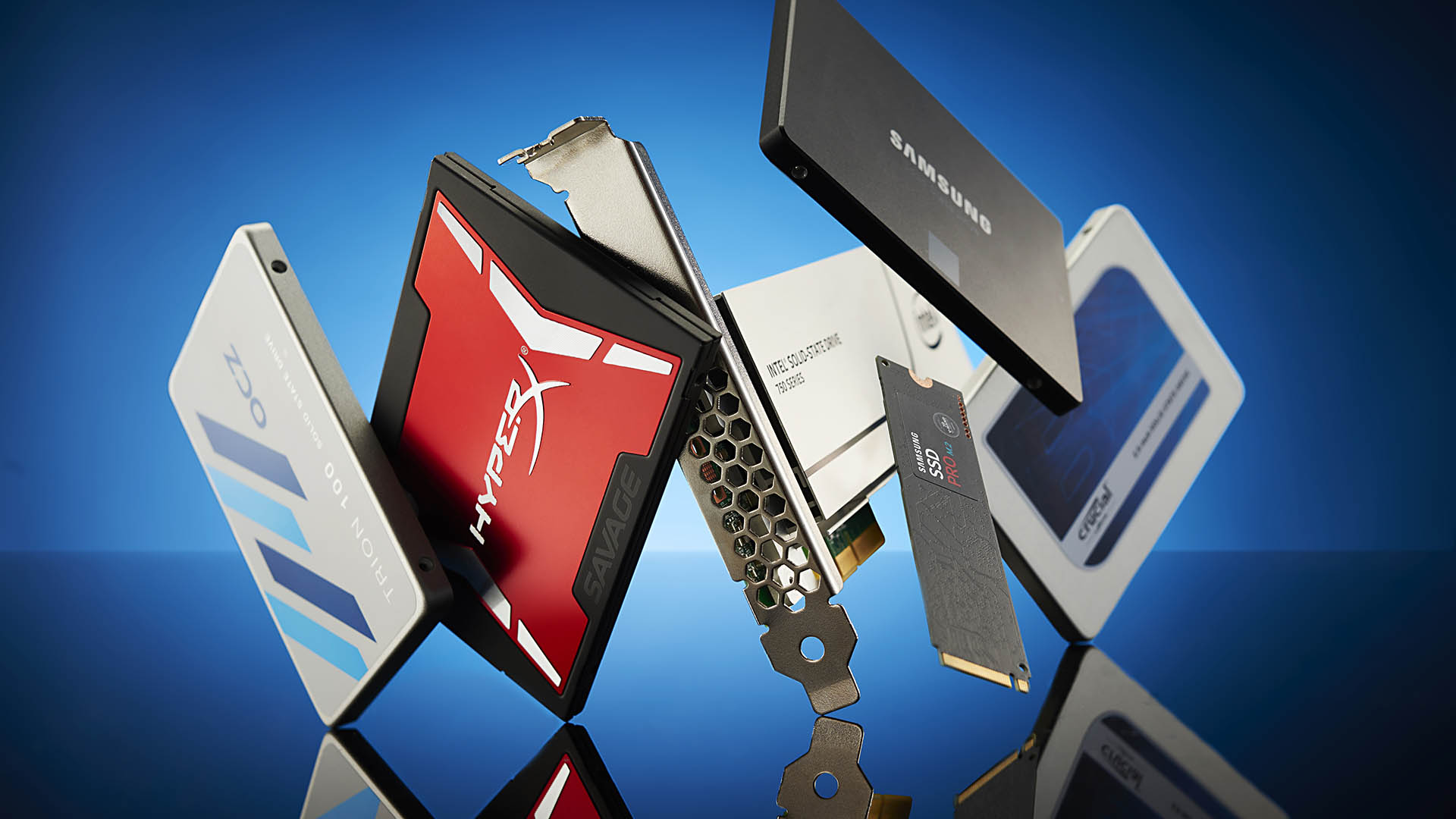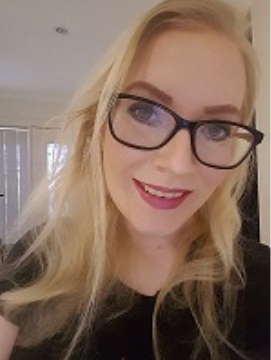Someone turned their old DVD drives into a freaking laser scanning microscope
With some patience, you can do the same.

Living in the future if one thing is clear, it's that digital media is king. In the gaming world, it's becoming far more common to buy games digitally than it is to purchase physical copies. This has been true in PC gaming for years now with the success of Steam, lickety-split SSDs, and new consoles now releasing without disc drives. While some companies are seeing an increase in optical drives sales, generally speaking the days of the DVD drive are well and truly over—but what to do with those leftover drives?
DVD drives especially aren't of much use to anyone anymore. Streaming services will often offer better quality versions of the same movies in digital format. Plus, if you're a big physical media fan you've likely upgraded to Bluray or gone the other way completely with your mounting VHS collection. So it's time to gut those DVD players in favour of something actually useful, like a laser scanning microscope.
Kuriuzu recently posted a neat build to hackaday which involves turning two DVD drives into microscopes. A fair warning, while this project is described as simple it also requires a bit of soldering and might be confusing if you're new to this kind of work.
An Analogue Discovery instrument was used for this build, so follow along with this guide. This will do a lot of the heavy lifting, though these devices don't come cheap. It can be done without one but you'll be in for a bunch more trouble. Still, if you've got the parts laying around it's a great inexpensive one to try that should deliver a really cool result.

Best SSD for gaming: the best solid state drives around
Best PCIe 4.0 SSD for gaming: the next gen has landed
The best NVMe SSD: this slivers of SSD goodness
Best external hard drives: expand your horizons
Best external SSDs: plug in upgrades for gaming laptops and consoles
You'll need two drives so you can grab the DVD pickups out of them. In this example Kuriuzu is using HOP-150X pickups, which can also be purchased online, though that isn't as much fun as reusing your old drives. They also recommend using Analogue Discovery 2, though say the original should still work. Aside from these all you need is a few resistors and some cables. You can get the complete detailed list of parts from the project website.
Once constructed you should have a nifty laser scanning microscope. These work by scanning lasers both horizontally and vertically across an object, and use the light reflected to construct an image. Typically these will give a high contrast and very detailed scan of an image, often used to get details other scanners can't. Of course, it may or may not do that, depending on how well you've followed the steps. PC Gamer holds no responsibility for failed DIY projects.
The images Kuriuzu has posted of their scanner at work are very cool, especially when you consider its humble beginnings. Even if they weren't potentially super useful for imaging data, they're still fascinating to look at and could make for some wild custom art pieces.
The biggest gaming news, reviews and hardware deals
Keep up to date with the most important stories and the best deals, as picked by the PC Gamer team.
Whatever these wind up doing, it's likely far more useful than being a DVD drive in 2022.

Hope’s been writing about games for about a decade, starting out way back when on the Australian Nintendo fan site Vooks.net. Since then, she’s talked far too much about games and tech for publications such as Techlife, Byteside, IGN, and GameSpot. Of course there’s also here at PC Gamer, where she gets to indulge her inner hardware nerd with news and reviews. You can usually find Hope fawning over some art, tech, or likely a wonderful combination of them both and where relevant she’ll share them with you here. When she’s not writing about the amazing creations of others, she’s working on what she hopes will one day be her own. You can find her fictional chill out ambient far future sci-fi radio show/album/listening experience podcast right here. No, she’s not kidding.

